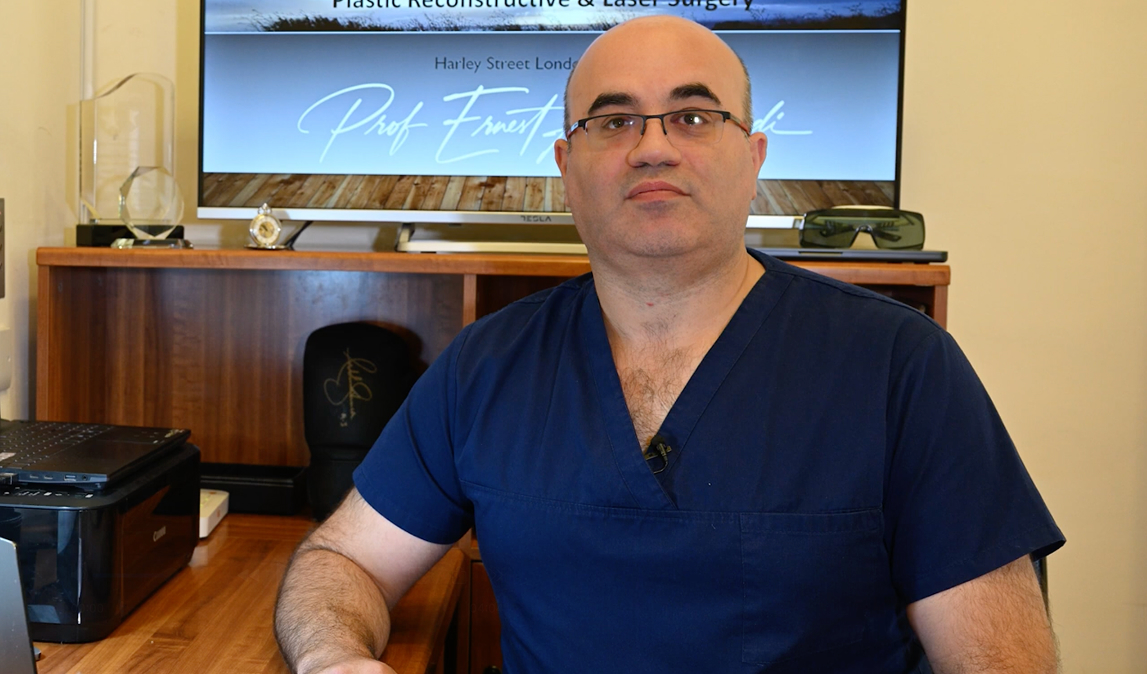
In collaboration with BAAPS, Mr. Ernest Azzopardi, Prof. Ash Mosahebi and other experts talk you through everything you need to operate lasers safely from the perspective of a Plastic Surgeon.

This course provides a comprehensive introduction to the principles and safe application of laser technologies in aesthetic surgery. It is designed to equip clinicians with a foundational understanding of light and laser physics, the biological effects of energy-tissue interactions, and the diverse modalities available in aesthetic practice. Particular emphasis is placed on safety protocols, regulatory considerations, and risk mitigation strategies to ensure optimal patient outcomes and practitioner protection. By the end of this course, participants will be able to integrate core principles of laser science with evidence-based safety protocols to enhance clinical practice in aesthetic surgery.
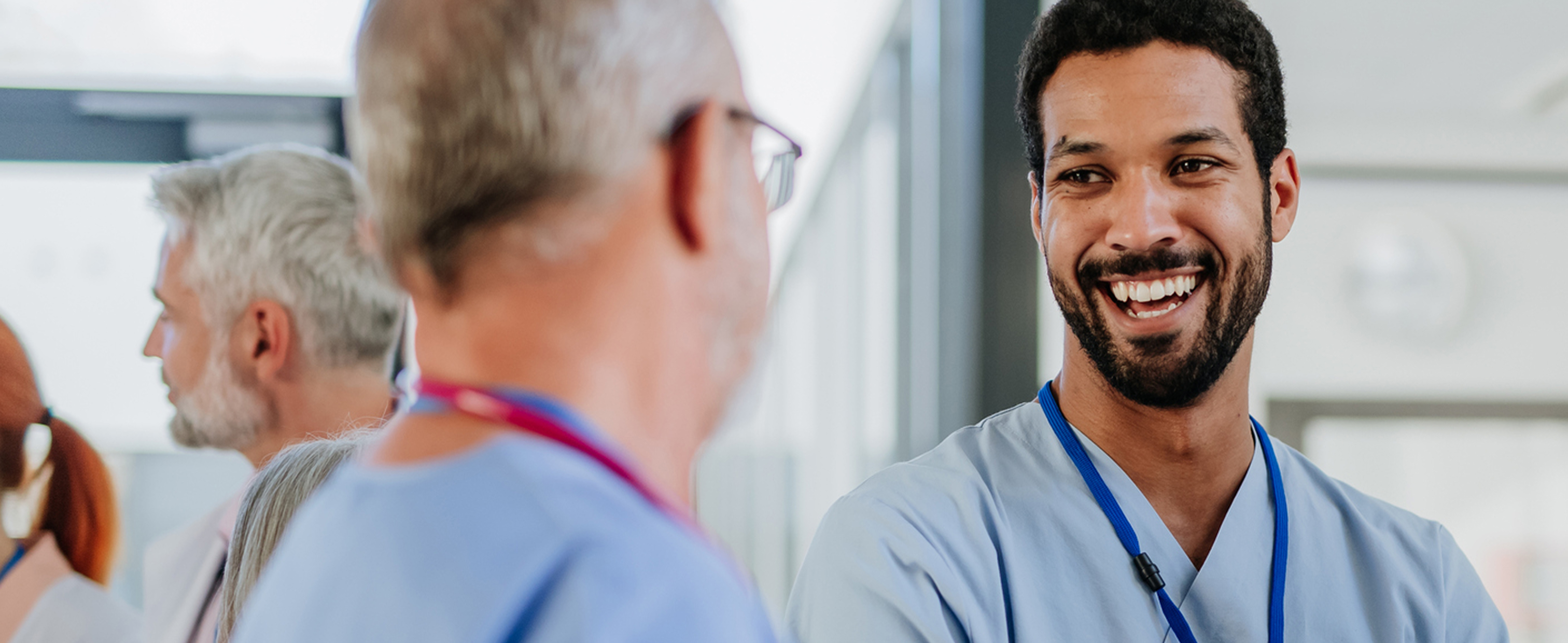

Medibuddy Academy offers an exceptional range of courses that are both clinically relevant and thoughtfully designed. The platform’s flexibility allows me to keep learning alongside a demanding schedule. It's a must-have for any medical professional committed to continuous improvement.
This course is delivered by an esteemed faculty comprising internationally recognised professors, surgeons, and subject-matter experts in aesthetic and reconstructive surgery. Drawing on decades of clinical experience and academic leadership, the faculty brings together specialists in laser physics, dermatologic and plastic surgery, and patient safety. Their collective expertise ensures that participants gain both a rigorous scientific understanding of laser technologies and practical insights into their safe and effective clinical application.
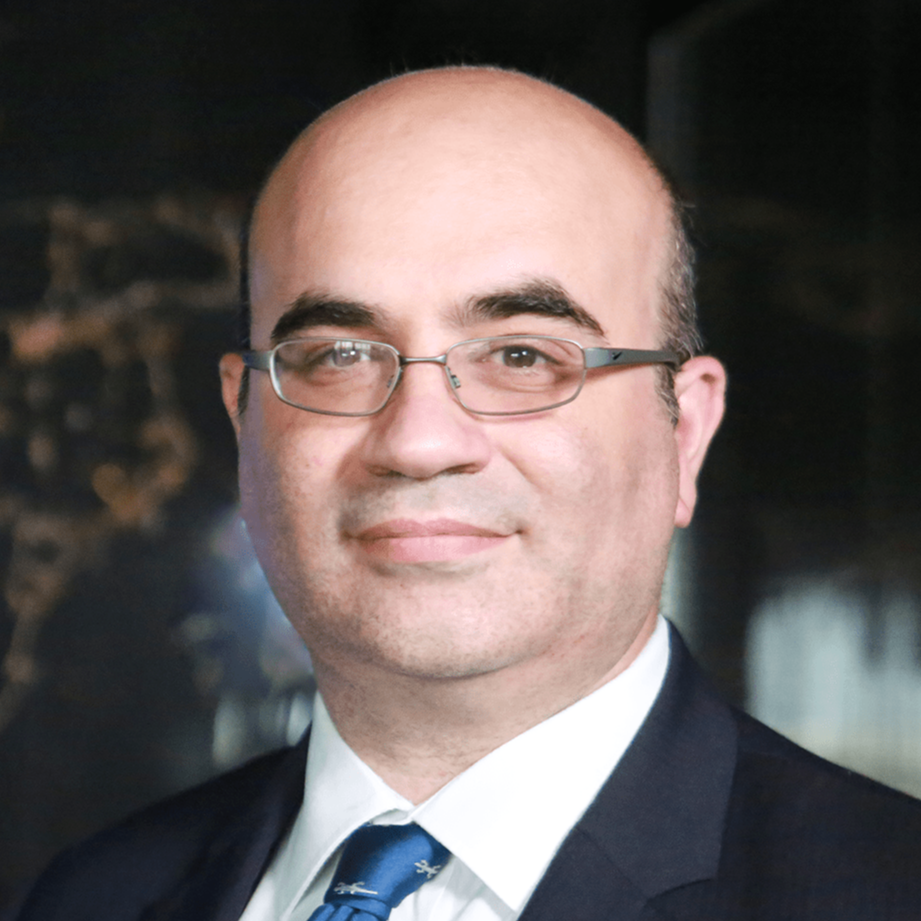
Consultant Plastic Surgeon and Leading Laser Specialist
Professor Ernest Azzopardi is a leading authority in cutaneous laser surgery, accepting referrals from Europe, UK and beyond. He is the UK laser lead for the British Association of Aesthetic Plastic Surgeons. When he is not lasering patients, Ernesto is busy pushing the boundaries of science through an extensive research network, or advising Industry. His research interests ensure his practice is always at the cutting edge of evidence based surgery.
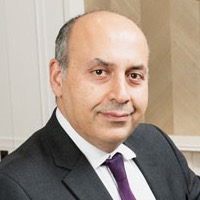
Professor of Plastic Surgery
Professor Ash Mosahebi qualified at Guy's & St Thomas Medical School in London in 1995. He later underwent plastic surgical training at some of the largest and busiest hospitals in UK. On account of his extensive clinical experience, Professor Mosahebi is able to carry out body sculpturing and breast re-shaping, alongside procedures such as full body lifting, thigh lifts and facelifts. His patient-centred approach to clinical practice means that he discusses all options available and tailor makes the surgery for the patient.Professor Ash Mosahebi is a proponent of research and pedagogy and maintains his position as the deputy editor of the Journal of Plastic, Reconstructive & Aesthetic Surgery and also the author of a number of publications.
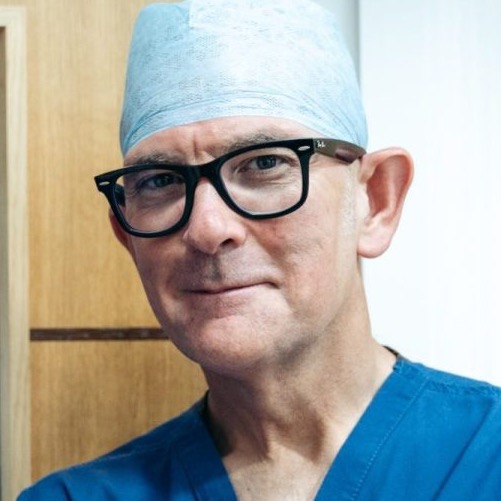
Cosmetic and Plastic Surgeon
Jorge Leon-Villapalos is a Plastic, Reconstructive, Burns and Laser Surgery consultant based at Chelsea & Westminster Hospital, London (UK). He has held the Paediatric and Adult Clinical lead posts at the Burns Unit, the only Burns department looking after major burns injuries and performing complex burns reconstruction in Greater London. Dr Leon-Villapalos is also a Consultant in Plastic, Reconstructive, Aesthetic Surgery and Burns at The London Scar Clinic and 152 Harley Street where he consults and operates privately.
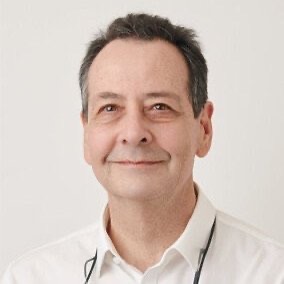
Dermatologist
Professor Goodman AM has been a practicing dermatologist for more than 40 years. His areas of specialty include skin cancers, Mohs micrographic surgery, lasers in dermatology, complications with cosmetic treatments, cosmetic dermatology and the treatment of acne and post-acne scarring. He has an academic teaching position as Adjunct Professor with Monash University, University College of London, and previously held the position of Chief of Surgery at the Skin Health Institute. He is president of the Australasian Society of Cosmetic Dermatologists (ASCD).
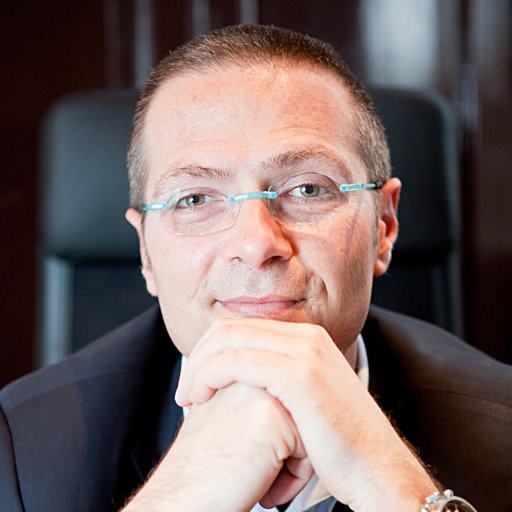
Plastic Surgeon
Matteo Tretti Clementoni is a board-certified Plastic Surgeon. Member of many International Societies he focused his attention at the beginning of his career on pediatric malformations and severe burn scars. He is now more focused on cosmetic procedures and laser treatments. He started, as private practice, his laser activity in 1996 and now he is author of many papers. He is also reviewer of the JEADV, of Lasers in Surgery and Medicine, of the Aesthetic Plastic Surgery and of the Journal of Cosmetic and Laser Therapy.
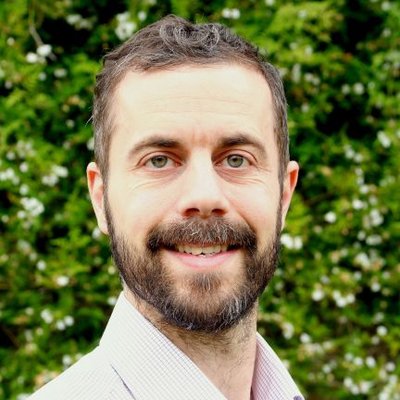
Laser Protection Advisor
Tom Lister PhD MSc Bsc PGCert is a certified Laser Protection Advisor and Expert Witness providing advice and training to medical and aesthetic practices in the UK. He is a Consultant Clinical Scientist and experienced laser practitioner, having been involved in over 10,000 skin laser treatments. Tom is an executive member of both the European and British Medical Laser Associations, expert observer on the IEC Technical Committee TC76 (Optical Radiation Safety and Laser Equipment), Associate Editor of the journal Lasers in Medical Science and a corresponding member (former chair) of IPEM's Ultrasound and Non-Ionising Radiations Special Interest Group.

EMEA Technical Manager
His deep understanding of lasers combined with his dedication to empowering others and sharing knowledge, meant he soon took on the roles of Technical Trainer in EMEA and Laser Safety Officer, providing training for Lumenis' laser products and conducting mandatory laser safety courses in Germany. In addition, Martin serves as the Site Quality Manager, where he handles ISO and regulatory issues.
Gain insights from internationally recognised professors and leading specialists in aesthetic and reconstructive surgery.
Master the fundamentals of laser science, clinical applications, and best-practice safety protocols in a structured programme.
Translate theory into practice with evidence-based guidance designed for real-world surgical and aesthetic settings.
Explore medical therapies, ablation, and device-based interventions for arrhythmia management.
This course offers a structured exploration of the principles and safe application of laser technologies in aesthetic surgery. Participants will progress from foundational scientific concepts to clinical applications, with a strong emphasis on safety, efficacy, and evidence-based practice. The syllabus is designed to provide both theoretical understanding and practical guidance, ensuring relevance to everyday surgical practice.
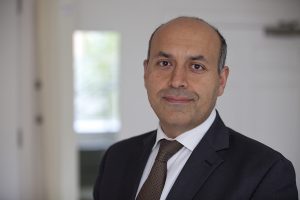
Module 1
An overview of laser technology in aesthetic surgery, outlining the scope, objectives, and structure of the course. Participants will be introduced to the fundamental principles of laser science, the rationale for its use in clinical practice, and the importance of safety awareness. This module sets the foundation for subsequent learning by framing key concepts and highlighting the clinical relevance of each topic to follow.
 Prof. Ernest A Azzopardi
Prof. Ernest A Azzopardi
 Prof. Ash Mosahebi
Prof. Ash Mosahebi

Module 2
introduces the core principles underlying laser technology, with a focus on the physical characteristics of light and laser systems. Participants will explore key concepts including wavelength, coherence, fluence, and beam delivery, establishing a scientific foundation for understanding laser applications in aesthetic surgery. The module provides essential knowledge required to appreciate how different laser systems are designed, selected, and utilised in clinical practice.
 Prof. Ernest A Azzopardi
Prof. Ernest A Azzopardi
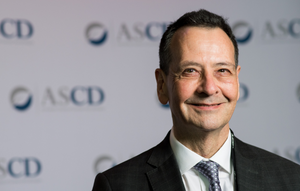
Module 3
Examines non-laser energy-based technologies commonly employed in aesthetic surgery, including intense pulsed light (IPL), radiofrequency, and ultrasound systems. Participants will learn the fundamental principles governing these devices, their mechanisms of action, and their clinical applications. Comparative analysis with laser systems will highlight the advantages, limitations, and appropriate indications for each modality, providing a comprehensive understanding of the broader energy-based treatment landscape.
 Prof. Greg Goodman
Prof. Greg Goodman
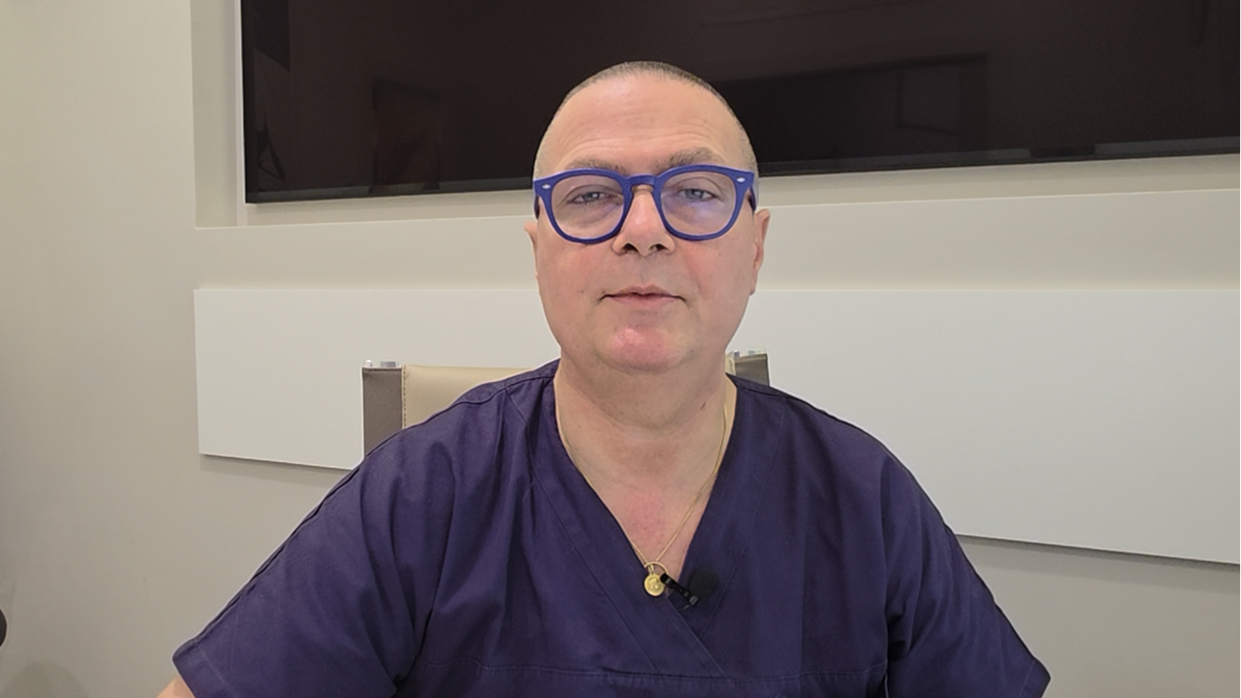
Module 4
Explores the fundamental properties of light and the unique characteristics that define laser energy. Core concepts such as wavelength, frequency, coherence, monochromaticity, and collimation will be examined to establish a clear scientific foundation. Participants will gain an understanding of how these properties influence tissue interaction and underpin the design and function of clinical laser systems.
 Matteo Tretti Clementoni
Matteo Tretti Clementoni
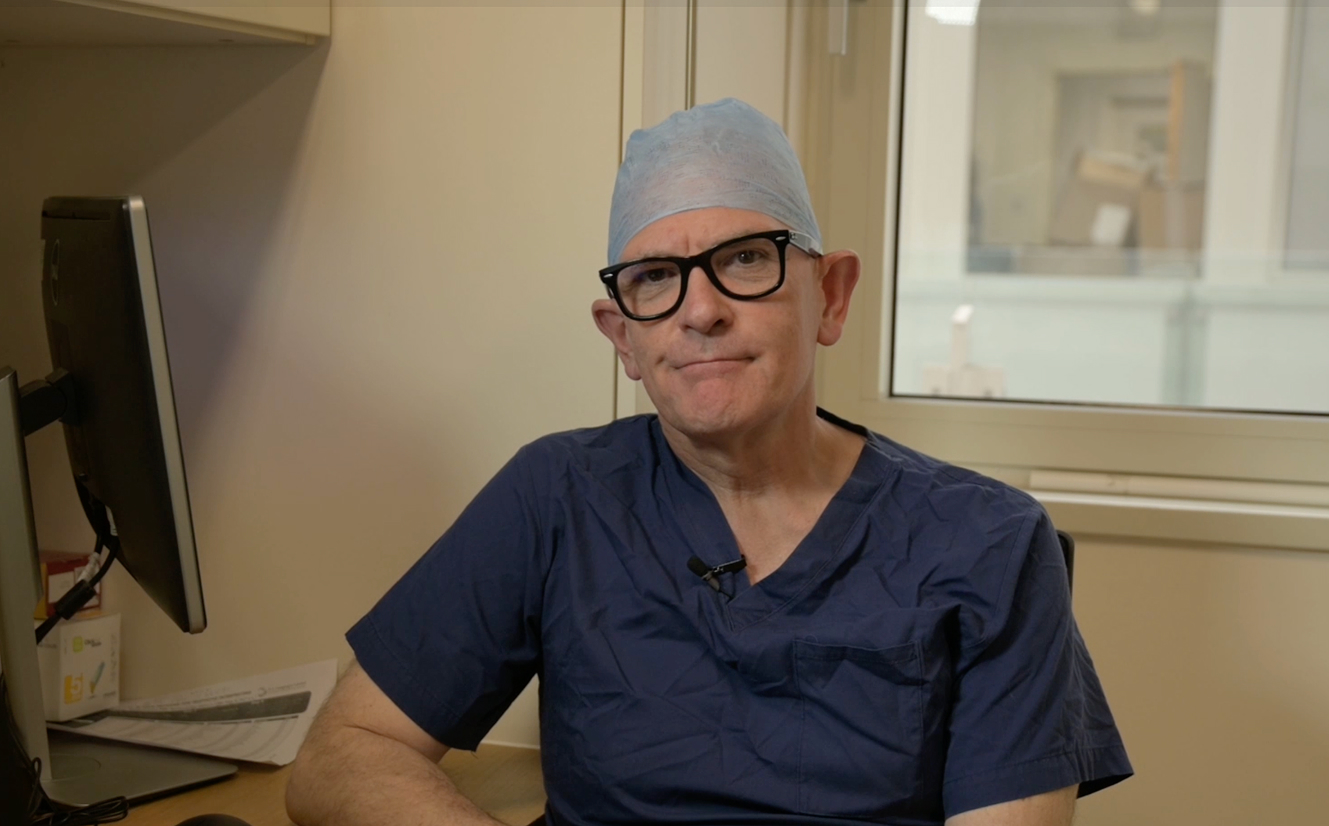
Module 5
Provides an overview of the principal light- and laser-based systems utilised in aesthetic surgery. Participants will examine the characteristics, mechanisms of action, and clinical applications of key modalities, including ablative and non-ablative lasers, vascular and pigment-targeting systems, and resurfacing technologies. Emphasis is placed on understanding device selection, treatment parameters, and evidence-based outcomes to support safe and effective clinical practice.
 Jorge Leon-Villapalos
Jorge Leon-Villapalos

Module 6
Examines the biological effects of laser and light energy on human tissue. Key concepts such as absorption, reflection, scattering, and transmission are explored alongside chromophore-specific interactions, thermal relaxation times, and photothermal, photomechanical, and photochemical mechanisms of action. Participants will develop a detailed understanding of how these principles influence clinical outcomes, device selection, and procedural safety in aesthetic surgery.
 Tom Lister PhD
Tom Lister PhD

Module 7
Addresses the essential principles of laser safety in clinical practice. Topics include hazard recognition, protective measures for both patients and practitioners, regulatory frameworks, and international safety standards. Participants will learn protocols for safe operation, appropriate use of protective equipment, and strategies to minimise risk of accidental exposure or injury. Emphasis is placed on embedding safety awareness into daily practice to ensure effective and responsible use of laser technologies.
 Martin Steinborn
Martin Steinborn

Module 8
Provides a detailed overview of engineering, administrative, and procedural controls designed to ensure the safe use of lasers in clinical environments. Participants will examine safety mechanisms within laser systems, the role of controlled environments and signage, eye and skin protection protocols, and staff training requirements. Emphasis is placed on establishing a structured safety culture, aligning practice with international standards, and implementing effective risk management strategies in aesthetic surgery settings.
 Martin Steinborn
Martin Steinborn
